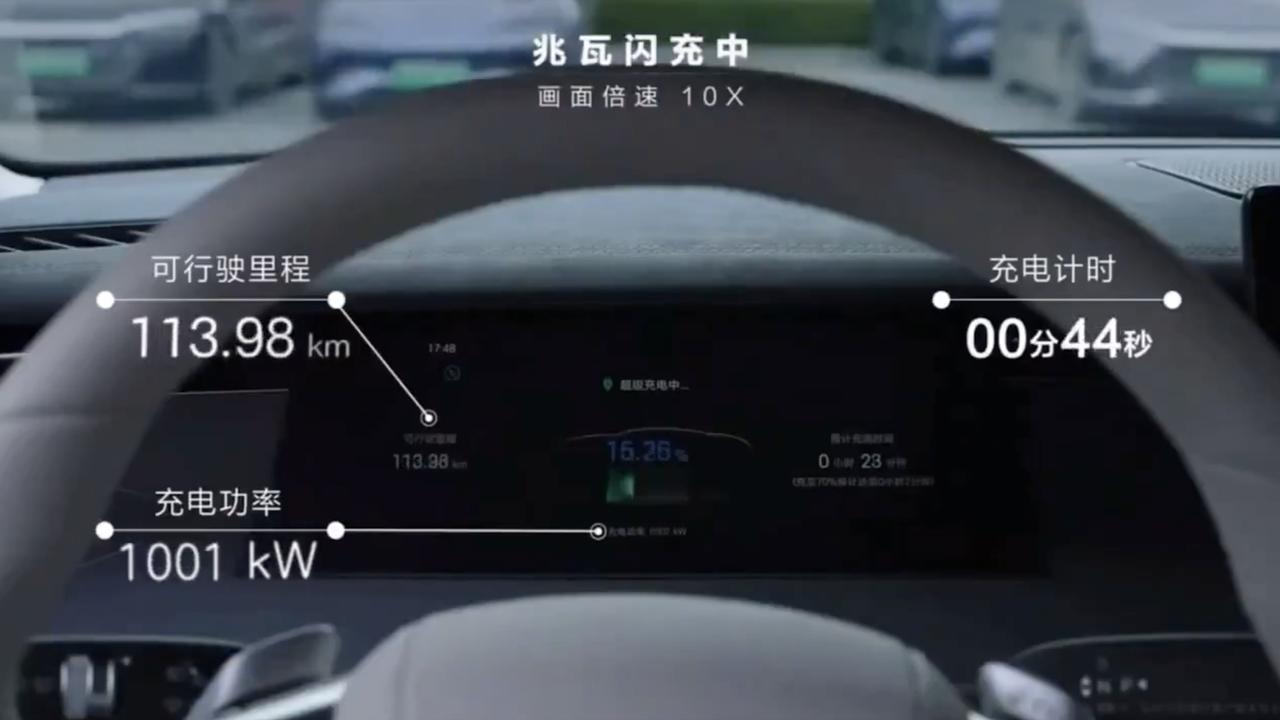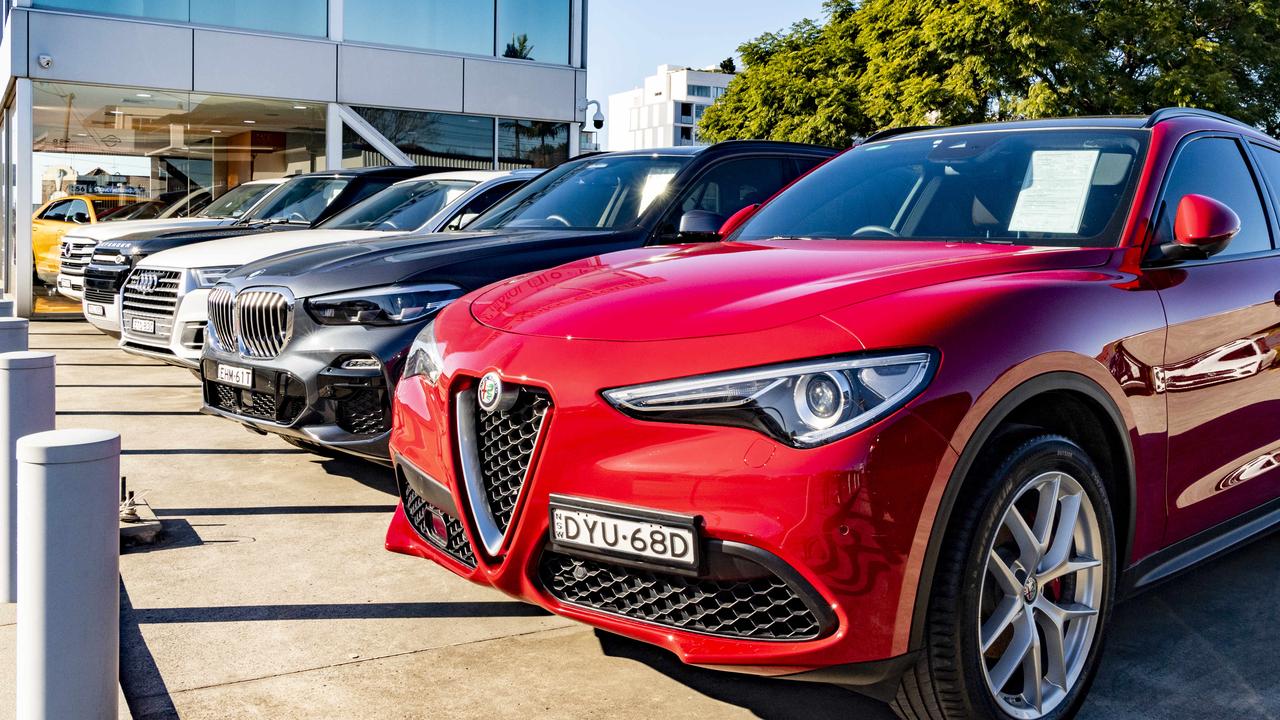New look for electric Nissan Leaf
Updated model promises to ramp up its customer appeal, but will it be enough to fend off next-generation rivals?
Nissan has updated its Leaf electric car for 2022, reinforcing the model’s appeal in the face of increasing competition.
The changes are relatively mild considering the hordes of electric rivals coming from brands ranging from automotive giants such as Toyota and Volkswagen, to relative newcomers BYD and MG.
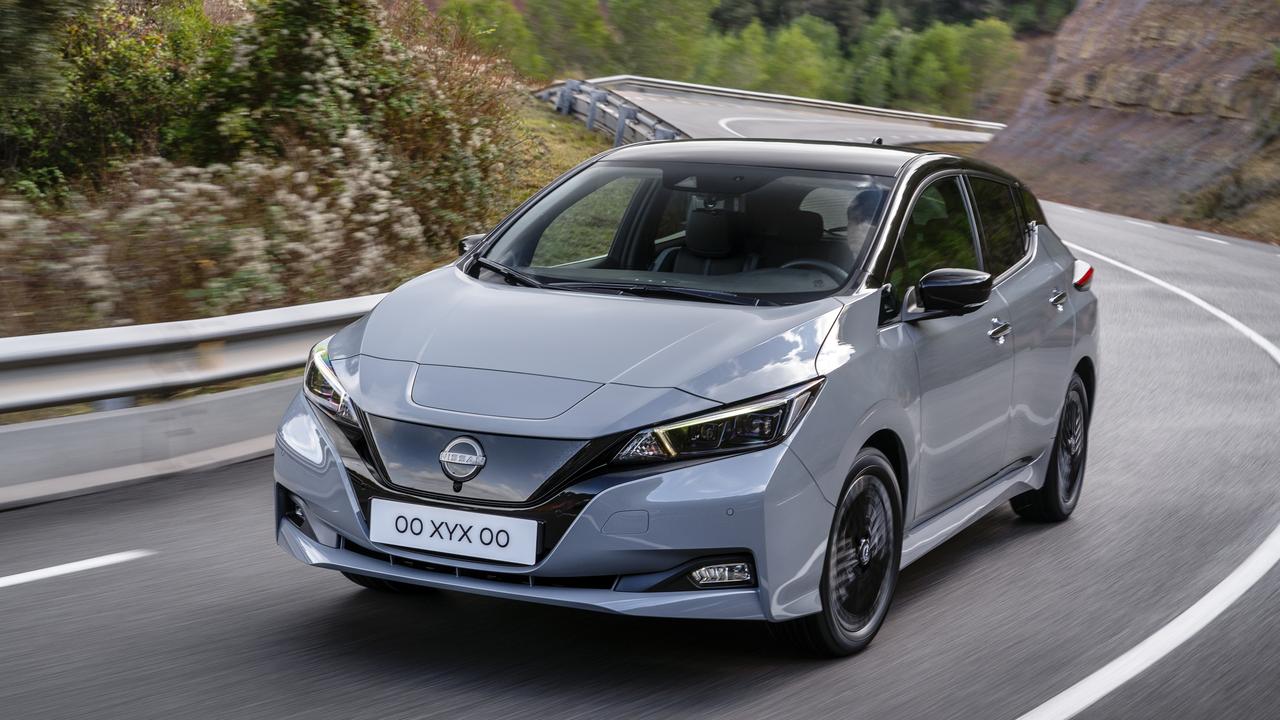
Rather than giving the Leaf more power, a bigger battery or fresh interior, Nissan’s running changes amount to mild cosmetic changes and an upgrade to its driver assistance features.
Due to arrive locally in the second half of 2022, the car wears new badges, and has black alloy wheels in a fresh design.
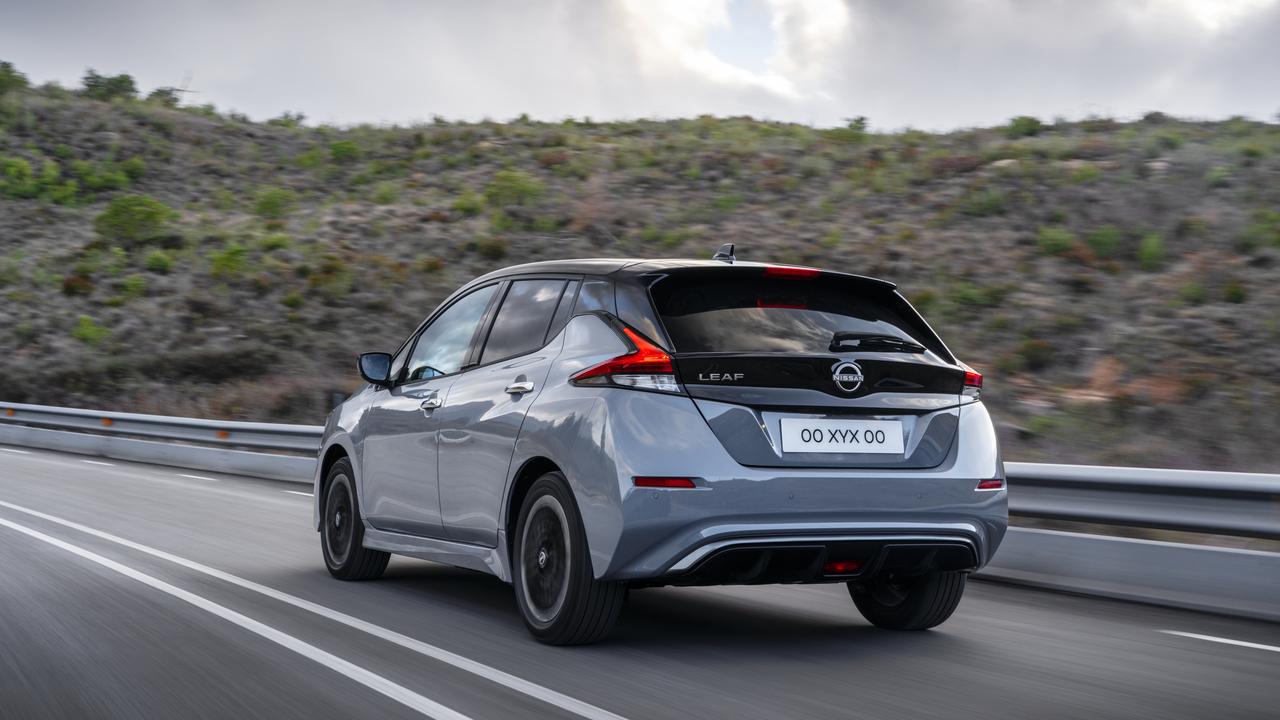
Nissan says the inclusion of its “ProPILOT” technology, which brings together active cruise control, lane keeping and traffic jam assistance, so that the car can “automatically stop, start and maintain a safe distance to the vehicle in front”.
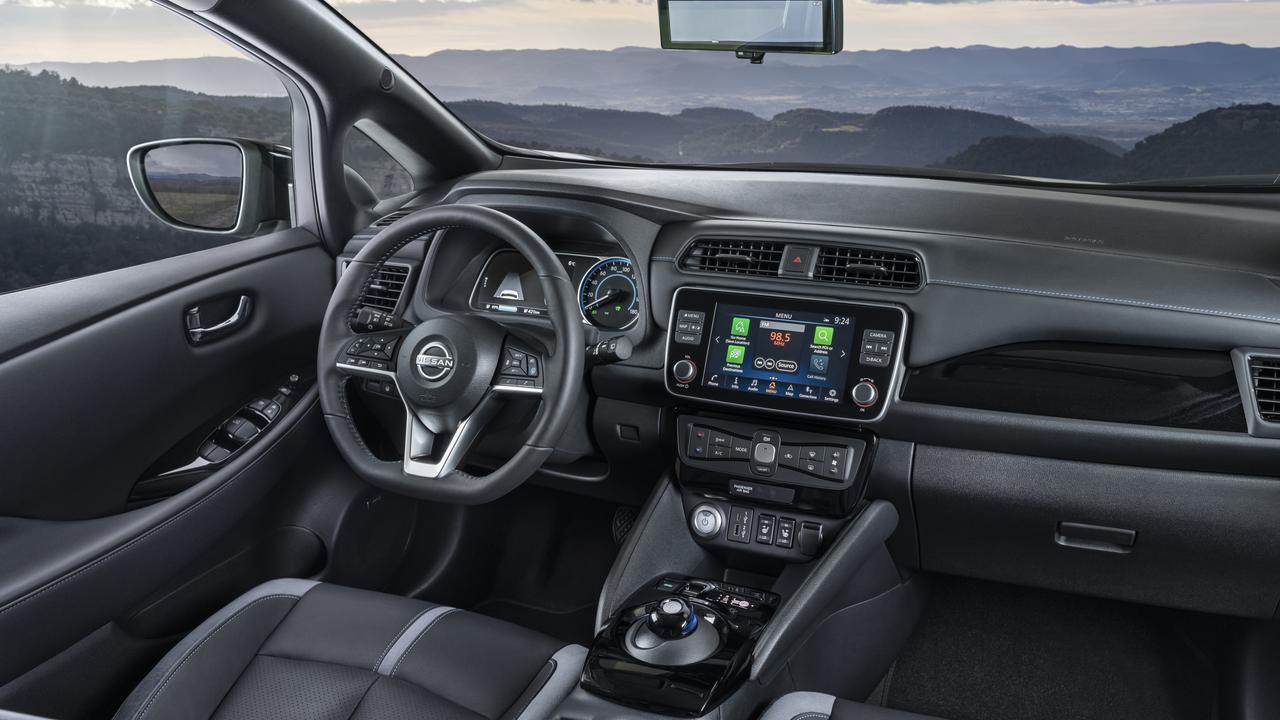
As before, the Leaf is available with two battery and motor combinations that drive the front wheels.
The standard car has a 110kW motor and 40kWh battery returning around 270 kilometres of range, while the more expensive Leaf e+ continues to have a 62kWh battery with 385 kilometres of range. It’s also ready to provide “vehicle to grid” charging to keep your home running during a blackout, though Nissan hasn’t enabled the tech in Australia yet.
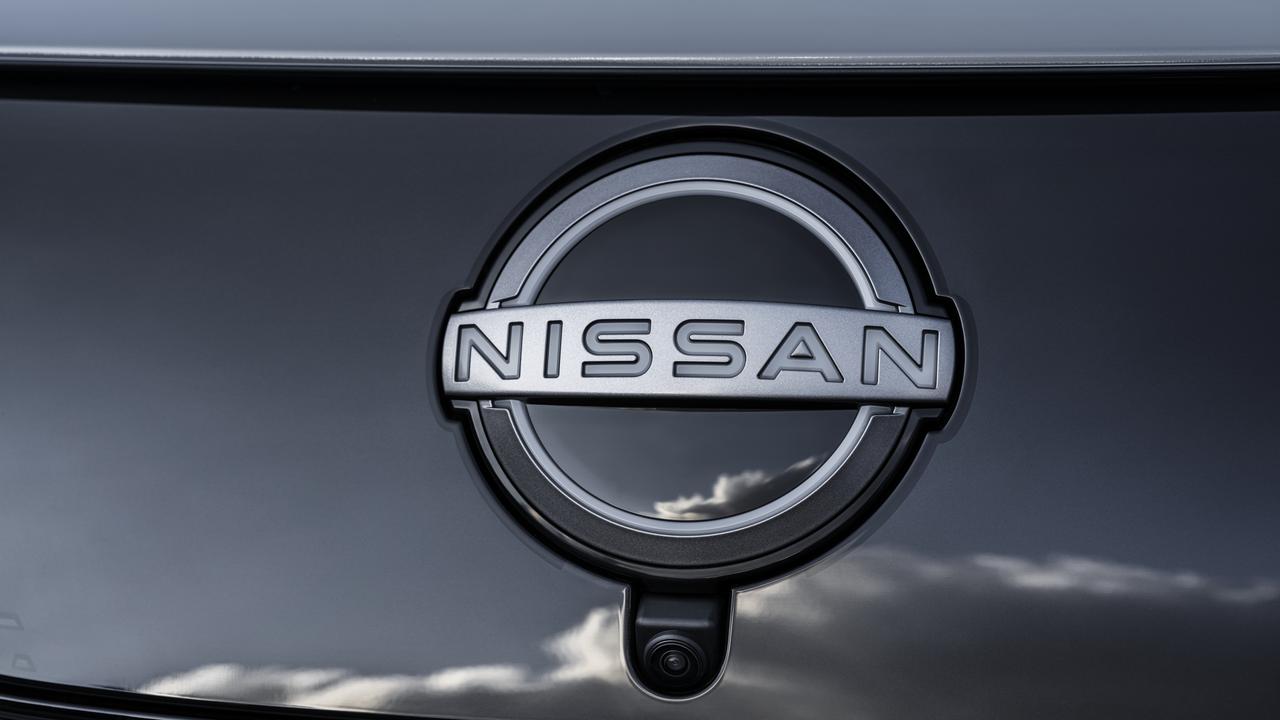
Prices for the updated model have not been finalised. The standard leaf currently sells for a little more than $53,000 drive-away, while the Leaf e+ costs $64,990 drive-away before local rebates and incentives are applied.
Nissan fans who want the latest tech from an electric car may be better served by waiting for the new Ariya SUV, an all-wheel-drive machine positioned closer to the likes of Hyundai’s Ioniq 5 and the Kia EV6.
The Leaf was the world’s most popular electric car until the Tesla Model 3 gained traction outside the US. In Australia, the Leaf attracted 367 sales in 2021. That’s not far behind the Hyundai Ioniq (407) and Kona Electric (505), but well behind the MG ZS EV (1388) and Tesla Model 3 (12,094).

